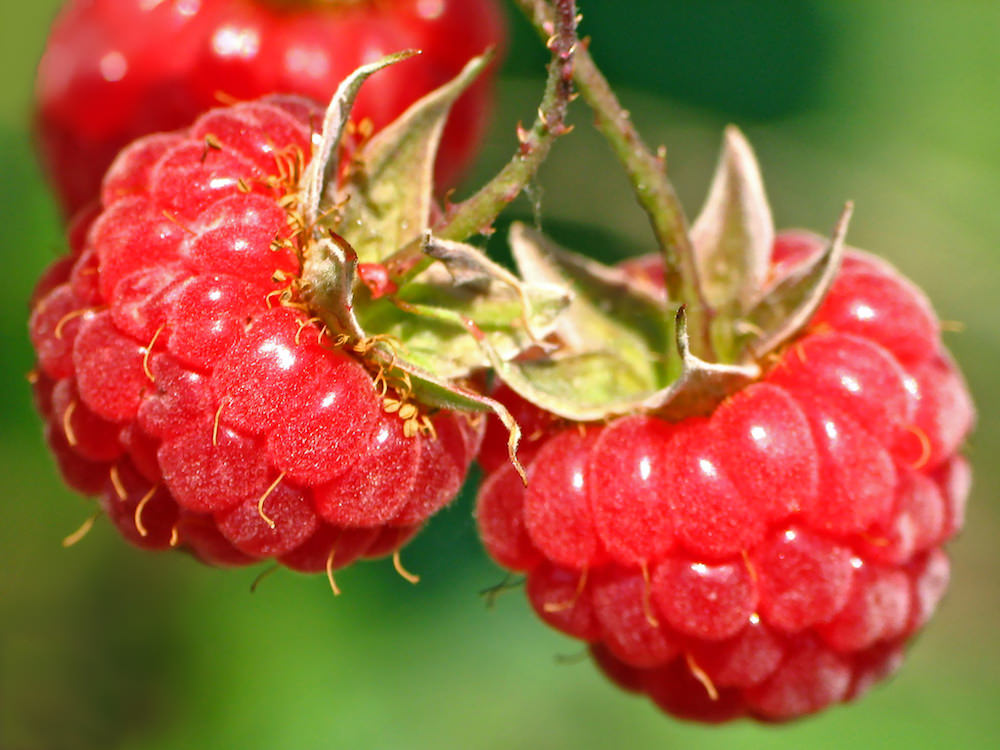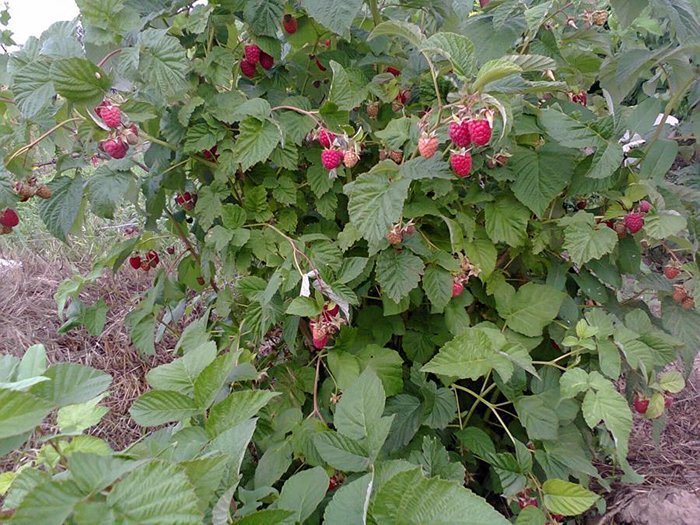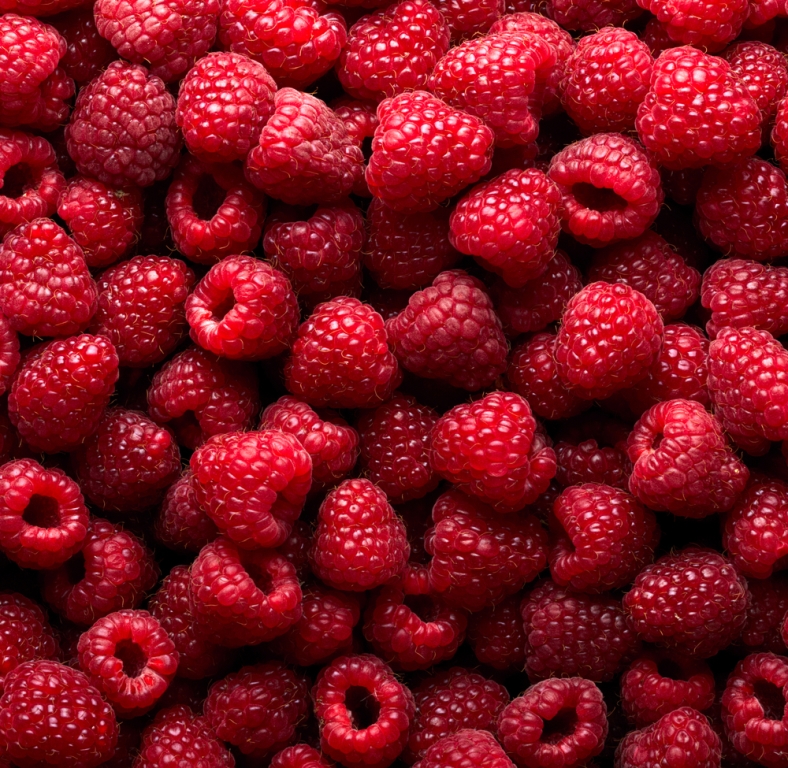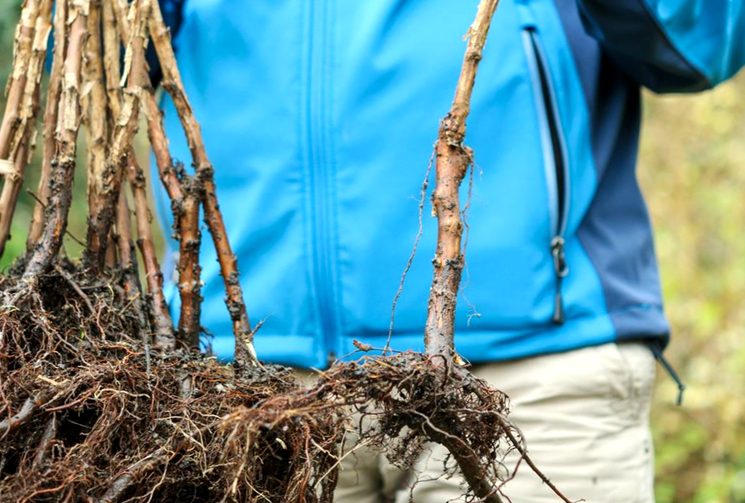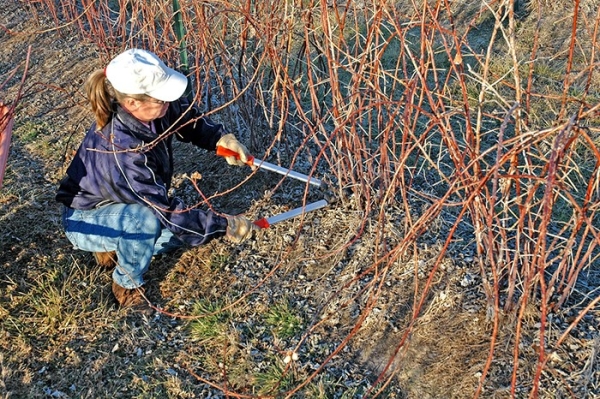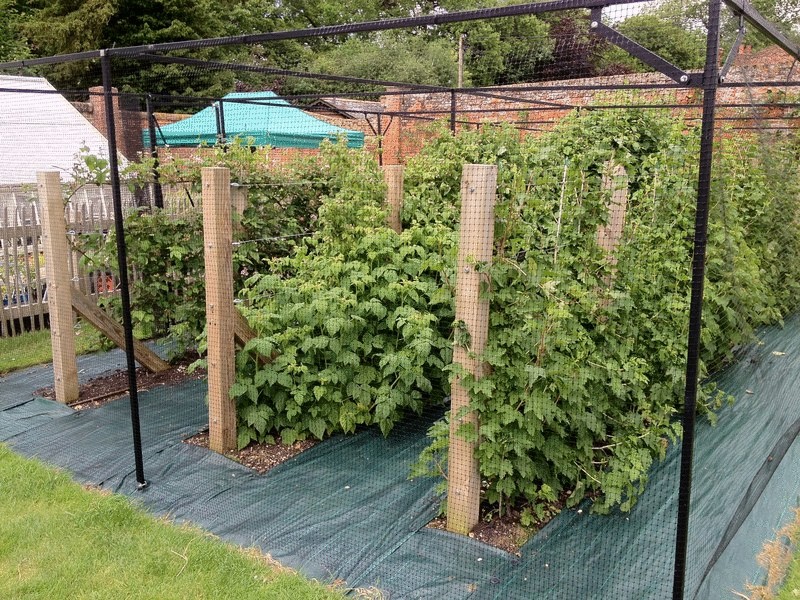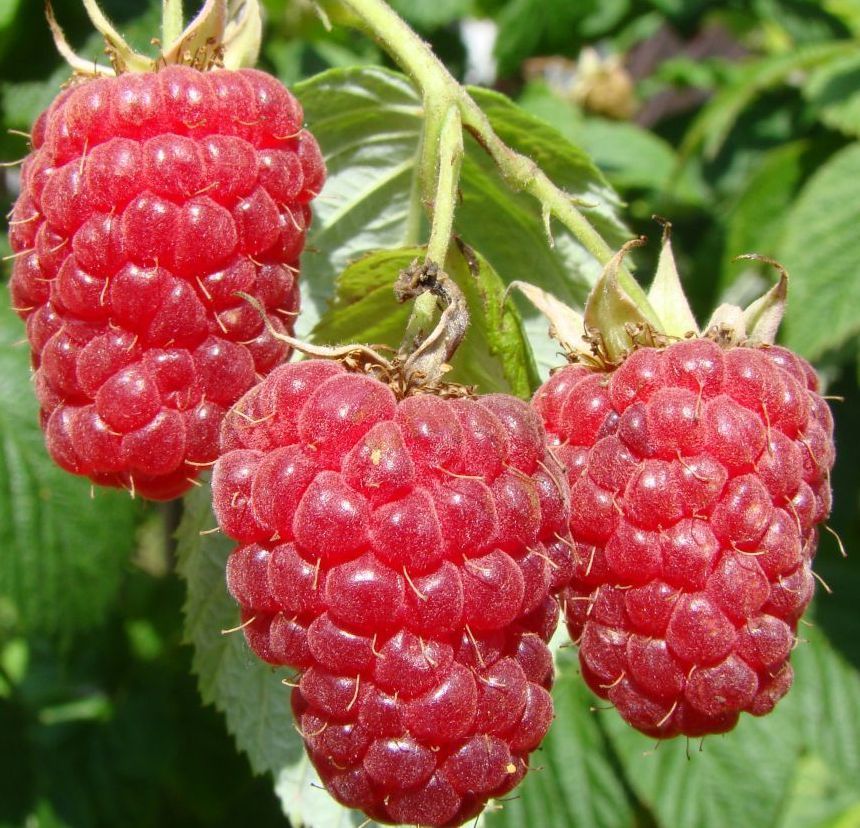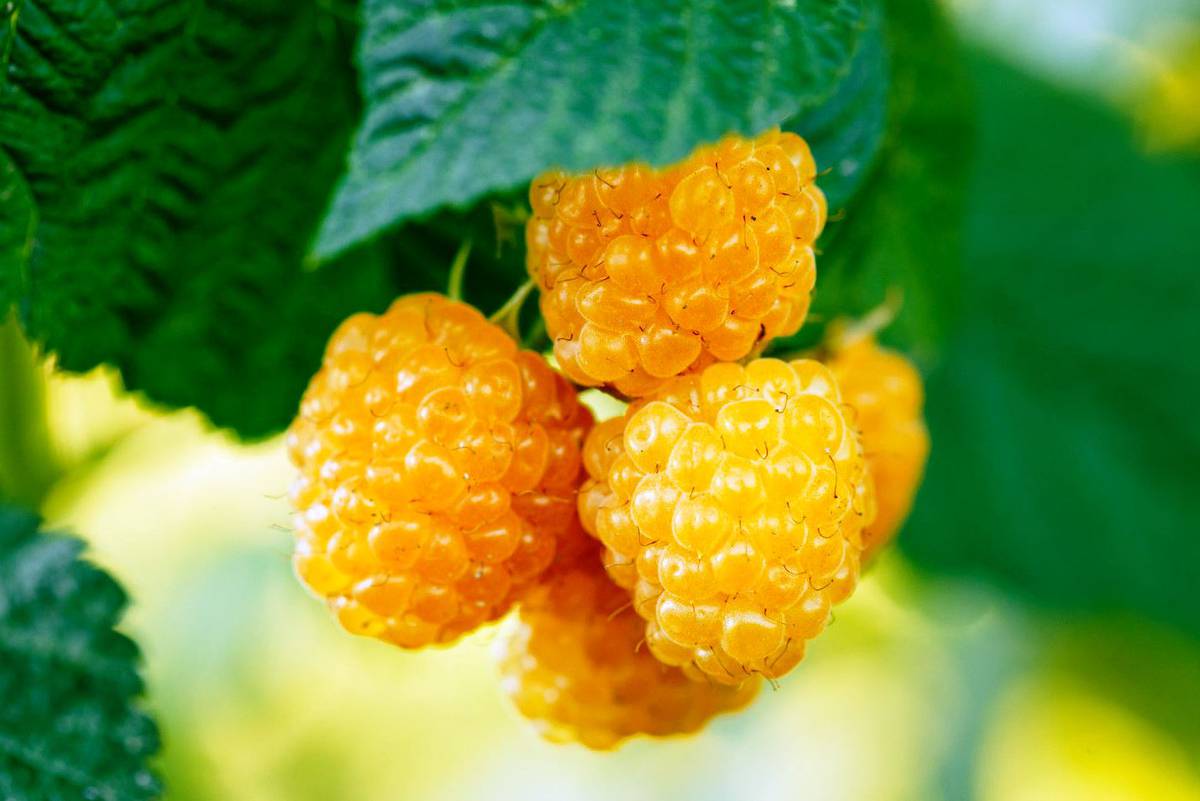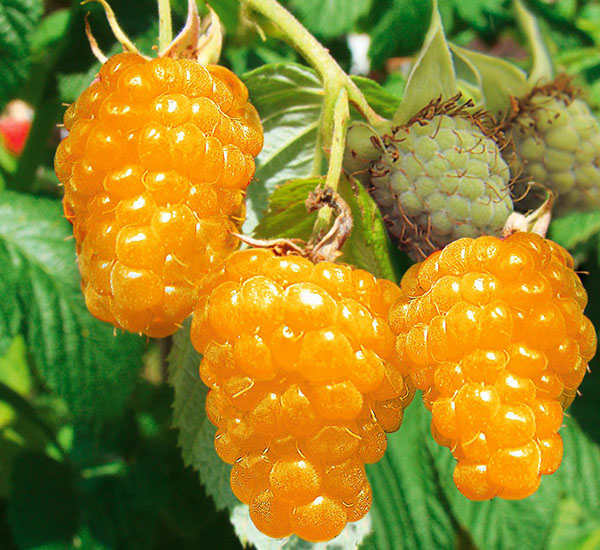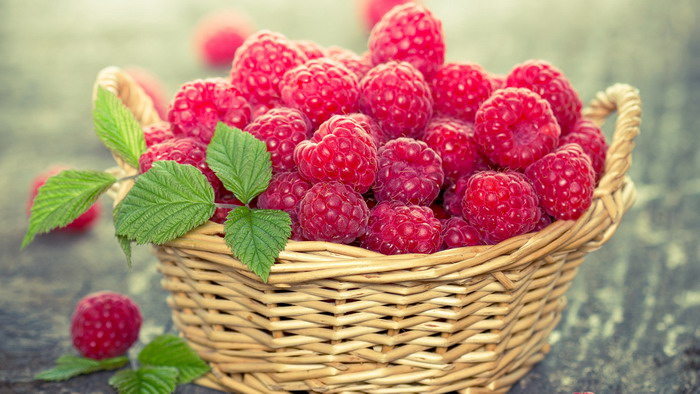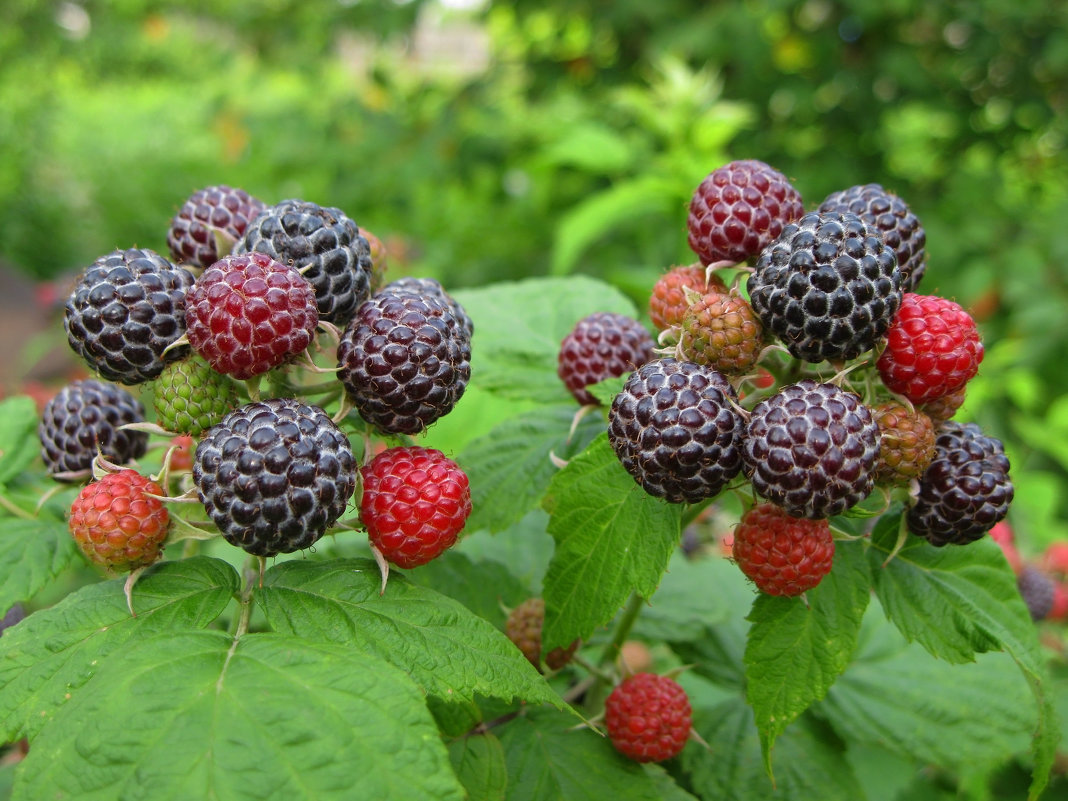Content:
The raspberry garden is the decoration and pride of every site or summer cottage. In order to get a decent harvest, you should carefully approach the issue of choosing a variety. One of the most successful planting options is the Solnyshko raspberry.
Varietal features
A raspberry called the Sun belongs to those varieties that allow you to get an early harvest. That is why it is recommended to plant it so that you can get fresh berries throughout the season. The corresponding records about the variety are available in a special State register, in which the most significant plant species are registered. Prospects are confirmed by a 20-year history and ever-growing popularity among gardeners.
This folk variety is represented by bushes of medium size in height, but there are times when they reach 2 meters. Before planting in the ground, they are massive, which requires sufficient space to create optimal growth conditions. Also, varietal features include a weak spreading of branches. It is also necessary to take into account the fact that the plant has a low ability to form shoots - on average 12 shoots / m².
The variety is common (not remontant), characterized by active development immediately after planting in the soil. Young raspberry shoots (first year) are green, from the second year they turn red, so adult shoots can be brown or yellowish.
This variety of raspberry bushes differs in that the adult branches begin to grow straight, forming massive bushes. A distinctive feature of this variety is the presence of a slight bend at the top of the bush. Also, the stems have hair formations that cover them along their entire length. There are few thorns in this variety.
Berries and yield
When choosing a variety, any gardener focuses on the yield and type of berries that the shrub will give. The following data are available for this variety:
- The berries are blunt-pointed;
- Purple in color;
- They tolerate transportation well;
- Taste indicators - it is moderately sweet, with sourness (well suited for preparing a variety of desserts);
- The aroma is intense, pronounced;
- The flesh color is ruby with transparent blotches.
The overall score exceeds 4 points. In cooking, berries are used both for freezing and for desserts (preserves, jams, compotes). The mass of one berry is on average 5 g. From one bush you can get up to 1.5 kg of harvest. The yield indicators of the variety are 85-87 centners / ha.
Planting and leaving
In order to get a good harvest, it is necessary that the planting was carried out taking into account the varietal characteristics.
Popular planting - raspberry variety Solnyshko loves warm and sunny areas. It is also necessary to protect the plant from the effects of strong winds.
As for fertilization, in the place where the bushes will be planted, it will be necessary to use exclusively organic options, chemical additives should be completely excluded. Adding lime is a top recommendation as this variety needs this kind of organic additive to enhance growth and give strength to the branches.
Caring for the shrub involves the process of removing the grown branches - they need to be cut in late autumn (preparation for the winter of the entire garden) and at the time of snow melting, that is, in early spring, before the main vegetation process.
The number of trimmings cannot be less than two, since the shoots grow very quickly. Also, on a regular basis, you will need to carry out:
- Watering (more during dry periods and less during rainfall);
- Fertilizer;
- Loosening.
Correct and competent, from the point of view of experienced gardeners, care includes the timely treatment of shrubs with means that eliminate the development of diseases. Prevention of infestation helps maintain high yields for a long period.
Additionally, you need to carry out weeding and feeding.
The main characteristic of the plant indicates that raspberries are resistant to various diseases caused by fungi, so the owners will not be faced with anthracnose. Also, the variety is resistant to raspberry mites.
Pests, diseases and treatments
Treatment and protection should be aimed at eliminating (or preventing) problems such as stems with purple spot, as well as mycoplasma overgrowth and shoot gall midge (pest). Disposal is carried out by using water with Bordeaux liquid dissolved in it during the spring treatment, the main work is carried out in the form of spraying damaged or nearby shoots.
Raspberries are processed, like traditional varieties, Solnyshko, to combat such problems several times per season - before flowering shoots (for the first time), again - immediately after the entire crop has been fully harvested. In the event that lesions remain after spraying, the branches should be removed immediately so that the disease does not spread further. To preserve the visually attractive image of the bush and provide a sufficient amount of nutrients to all its branches, thinning is required once a season.
The proven and effective original method of combating shoot gall midge includes treating the shrub with a solution of karbofos. The effect of this composition should be done according to the same scheme as the exposure to Bordeaux liquid - 2 times per season, but during the off-season (autumn and early spring). Additionally, you will need to dig up fertile soil next to the bush.
In order to avoid problems such as dwarf shoots or overgrowth, it will be necessary to protect the plant from mycoplasma (fungal diseases). Here you need to remember that viruses and fungi are spread throughout the site with the help of aphids and cicadas. It is from them that you will need to protect the raspberry bushes. Processing is best done in the spring, when the buds have not yet opened, or the leaves have just appeared. Good efficiency can be achieved by treating the shrubs before flowering. Regular urea will help with this. The solution is prepared as follows: based on 10 liters of water, you need to take 50 g of urea and stir until it is completely dissolved.
Landing features
Features that must be observed during planting of a young shrub in order to get a harvest for a long time without changing the taste of the berry and its quantity:
- The area for the raspberry tree should be sunny (since the sun provides the required amount of heat);
- Optimal planting periods are spring before the leaves open and fall after they have completely fallen off.
An important feature to consider when planting is that the plant must have good and healthy roots in order for it to quickly take root and begin to develop. You can also carry out the reproduction process by division. It is optimal in this case that the planting material has 10 strong and healthy stems. Additionally, it will be required, before planting new shoots, to remove the hemp that remained after the old branches from the previous bush. Planting is carried out in already prepared soil - it must be dug up, rid of weeds and fertilized with organic compounds, such as humus, compost or humus. The norm, calculated by experts, concerning nutrients for the Malina Solnyshko variety, is 10 kg of the selected organic matter per 1 m² of land. An additional element that will help enhance the growth of the shrub is wood ash.
Advantages and disadvantages
Tasty raspberry Sun a detailed description of the variety indicates the presence of advantages and disadvantages, which are recommended to be considered when choosing.
The benefits will be:
- Mild dessert taste;
- Good preservation;
- Any kind of cooking;
- High productivity;
- Long life time of the shrub;
- The taste and aroma of the berry remain for a long time;
- The shape of the fetus is preserved;
- There is no softening problem;
- Resistance to many diseases and pests;
- A small number of thorns on the branches (ease of the process of harvesting and caring for the plant).
The variety also has a number of disadvantages that should be taken into account in order not to lose high yield indicators:
- The need to maintain constant soil moisture - if it decreases, the yield indicator drops;
- Open areas with high airflow negatively affect the condition of the bushes.
Choosing this variety of raspberries is necessary for those who want to get a stable harvest. The berries are distinguished by their delicate taste and rich aroma. Care does not require special knowledge - all the necessary actions are applied to other berry and fruit plantings.
